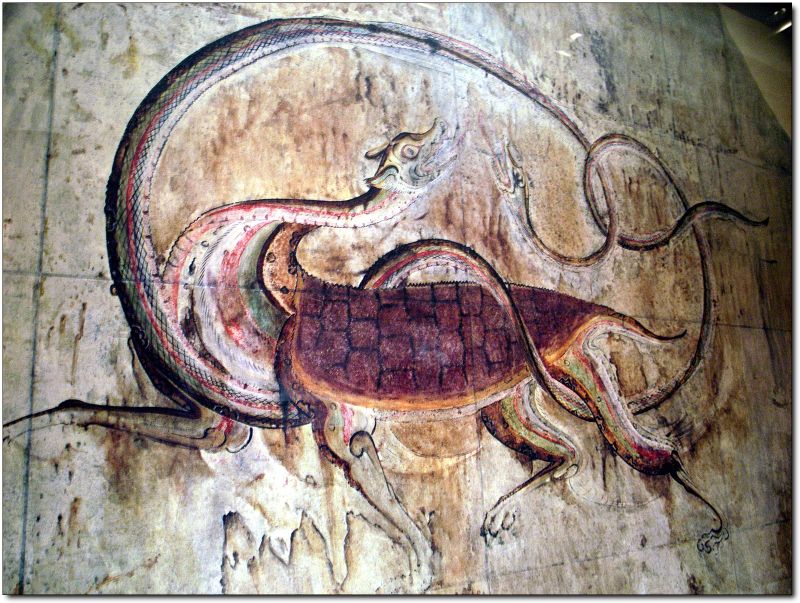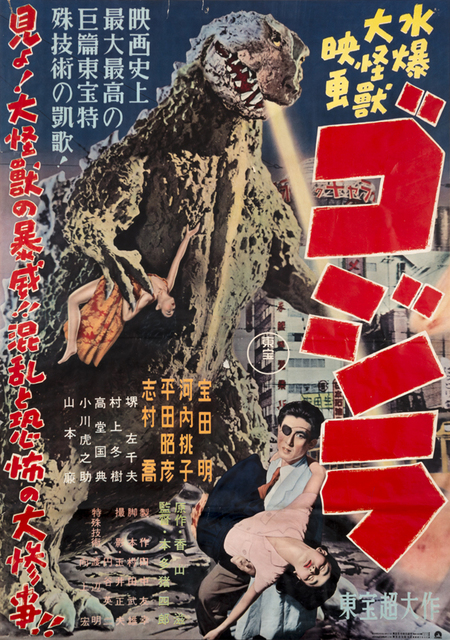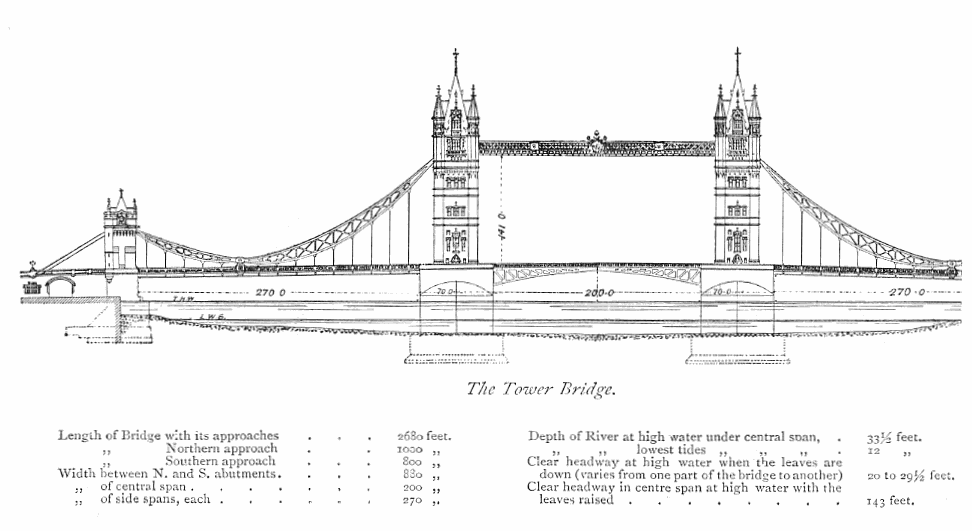|
Kaiju
is a Japanese media genre that focuses on stories involving giant monsters. The word ''kaiju'' can also refer to the giant monsters themselves, which are usually depicted attacking major cities and battling either the military or other monsters. The ''kaiju'' genre is a subgenre of ''tokusatsu'' entertainment. The 1954 film ''Godzilla'' is commonly regarded as the first ''kaiju'' film. ''Kaiju'' characters are often somewhat metaphorical in nature; Godzilla, for example, serves as a metaphor for nuclear weapons, reflecting the fears of post-war Japan following the atomic bombings of Hiroshima and Nagasaki and the '' Lucky Dragon 5'' incident. Other notable examples of ''kaiju'' characters include Rodan, Mothra, King Ghidorah and Gamera. Etymology The Japanese word ''kaijū'' originally referred to monsters and creatures from ancient Japanese legends; it earlier appeared in the Chinese ''Classic of Mountains and Seas''. After ''sakoku'' had ended and Japan was opened to f ... [...More Info...] [...Related Items...] OR: [Wikipedia] [Google] [Baidu] |
King Ghidorah
is a fictional monster, or ''kaiju'', which first appeared in Ishirō Honda's 1964 film ''Ghidorah, the Three-Headed Monster''. Although the name of the character is officially trademarked by Toho as "King Ghidorah", the character was originally referred to as Ghidorah or Ghidrah in some English markets. Although King Ghidorah's design has remained largely consistent throughout its appearances (an armless, bipedal, golden and yellowish-scaled dragon with three heads, two fan-shaped wings and two tails), its origin story has varied from being an extraterrestrial planet-destroying dragon, a genetically engineered monster from the future, a guardian monster of ancient Japan, or a god from another dimension. The character is usually portrayed as an archenemy of Godzilla and a foe of Mothra, though it has had one appearance as an ally of the latter. Despite rumors that Ghidorah was meant to represent the threat posed by China, which had at the time of the character's creation jus ... [...More Info...] [...Related Items...] OR: [Wikipedia] [Google] [Baidu] |
Mothra
is a fictional monster, or ''kaiju'', that first appeared in the 1961 film '' Mothra'', produced and distributed by Toho Studios. Mothra has appeared in several Toho ''tokusatsu'' films, most often as a recurring character in the ''Godzilla'' franchise. She is typically portrayed as a colossal sentient larva (caterpillar) or imago, accompanied by two miniature fairies speaking on her behalf. Unlike other Toho monsters, Mothra is a largely heroic character, having been variously portrayed as a protector of her own island culture,'' Mothra'' (1961). Directed by Ishirō Honda. Toho the Earth'' Godzilla vs. Mothra'' (1992). Directed by Takao Okawara. Toho and Japan.'' Godzilla, Mothra and King Ghidorah: Giant Monsters All-Out Attack'' (2001). Directed by Shusuke Kaneko. Toho. Mothra's design is influenced by silk worms, their imagos, and those of giant silk moths in the family Saturniidae. The character is often depicted hatching offspring (in some cases, twins) when approaching ... [...More Info...] [...Related Items...] OR: [Wikipedia] [Google] [Baidu] |
Tokusatsu
is a Japanese term for live action film or television drama that makes heavy use of practical special effects. ''Tokusatsu'' entertainment mainly refers to science fiction, war, fantasy, or horror media featuring such technology but is sometimes dubbed a genre itself. The most popular subgenres of include '' kaiju'' such as the ''Godzilla'' and ''Gamera'' series; superhero such as the '' Kamen Rider'' and '' Metal Hero'' series; and mecha like '' Giant Robo'' and '' Super Robot Red Baron''. Some television programs combine several of these subgenres, for example the '' Ultraman'' and '' Super Sentai'' series. is one of the most popular forms of Japanese entertainment, but only a small proportion of films and television programs are widely known outside of Japan. Nevertheless, certain properties have attained popularity outside of Japan; ''Godzilla'' is featured in popular American-made movies, and the ''Super Sentai Series'' was adapted into the ''Power Rangers'' seri ... [...More Info...] [...Related Items...] OR: [Wikipedia] [Google] [Baidu] |
Rodan
is a fictional monster, or ''kaiju'', which first appeared as the title character in Ishirō Honda's 1956 film '' Rodan'', produced and distributed by Toho. Following its debut standalone appearance, Rodan went on to be featured in numerous entries in the ''Godzilla'' franchise, including ''Ghidorah, the Three-Headed Monster'', ''Invasion of Astro-Monster'', ''Destroy All Monsters'', '' Godzilla vs. Mechagodzilla II'' and '' Godzilla: Final Wars'', as well as in the Legendary Pictures-produced film '' Godzilla: King of the Monsters''. Rodan is depicted as a colossal, prehistoric, irradiated species of ''Pteranodon''. In 2014, IGN ranked Rodan as #6 on their "Top 10 Japanese Movie Monsters" list, while '' Complex'' listed the character as #15 on its "The 15 Most Badass Kaiju Monsters of All Time" list. Overview Name The Japanese name ''Radon'' is a contraction of '' Pteranodon''. The spelling of Radon in Japanese also corresponds to the name of Ladon, the dragon guarding t ... [...More Info...] [...Related Items...] OR: [Wikipedia] [Google] [Baidu] |
Godzilla
is a fictional monster, or '' kaiju'', originating from a series of Japanese films. The character first appeared in the 1954 film '' Godzilla'' and became a worldwide pop culture icon, appearing in various media, including 32 films produced by Toho, four American films and numerous video games, novels, comic books and television shows. Godzilla has been dubbed the "King of the Monsters", a phrase first used in '' Godzilla, King of the Monsters!'' (1956)'','' the Americanized version of the original film. Godzilla is an enormous, destructive, prehistoric sea monster awakened and empowered by nuclear radiation. With the nuclear bombings of Hiroshima and Nagasaki and the '' Lucky Dragon 5'' incident still fresh in the Japanese consciousness, Godzilla was conceived as a metaphor for nuclear weapons. Others have suggested that Godzilla is a metaphor for the United States, a giant beast woken from its slumber which then takes terrible vengeance on Japan. As the film series ... [...More Info...] [...Related Items...] OR: [Wikipedia] [Google] [Baidu] |
Gamera
is a fictional monster, or ''kaiju'', originating from a series of Japanese films. Debuting in the 1965 film ''Gamera, the Giant Monster'', the character and the first film were intended to compete with the success of Toho's ''Godzilla'' film series. Since then, Gamera has become a Japanese icon in his own right, appearing in a total of 12 films produced by Daiei Film and later Kadokawa Daiei Studio, and various media. Gamera is depicted as a giant, fire-breathing, prehistoric turtle monster, mutated by exposure to nuclear weapons. In the first film, Gamera is portrayed as aggressive and destructive, though he also saves a child. As the films progressed, Gamera took on a more benevolent role, becoming a protector of humanity, and especially children, from extraterrestrial races and other giant monsters. To date, ''Gamera, the Giant Monster'' is the only film to be released theatrically in the United States; however, it was heavily localized and retitled ''Gammera the Invinc ... [...More Info...] [...Related Items...] OR: [Wikipedia] [Google] [Baidu] |
Monster Movie
A monster movie, monster film, creature feature or giant monster film is a film that focuses on one or more characters struggling to survive attacks by one or more antagonistic monsters, often abnormally large ones. The film may also fall under the horror, comedy, fantasy, or science fiction genres. Monster movies originated with adaptations of horror folklore and literature. Typically, movie monsters differ from more traditional antagonists in that many exist due to circumstances beyond their control; their actions are not entirely based on choice, potentially making them objects of sympathy to film viewers. Traditional concepts The most common aspect of a monster movie is the struggle between a human collective of protagonists against one or more monsters, who often serve as the antagonistic force. In Japanese cinema, giant monsters known as ''kaiju'' often take up this role. The monster is often created by a folly of mankind – an experiment gone wrong, the effects of ra ... [...More Info...] [...Related Items...] OR: [Wikipedia] [Google] [Baidu] |
Godzilla (1954 Film)
is a 1954 Japanese ''kaiju'' film directed by Ishirō Honda, with special effects by Eiji Tsuburaya. Produced and distributed by Toho Co., Ltd., it is the first film in the ''Godzilla'' franchise. The film stars Akira Takarada, Momoko Kōchi, Akihiko Hirata, and Takashi Shimura, with Haruo Nakajima and Katsumi Tezuka as Godzilla. In the film, Japan's authorities deal with the sudden appearance of a giant monster, whose attacks trigger fears of nuclear holocaust during post-war Japan. ''Godzilla'' entered production after a Japanese-Indonesian co-production collapsed. Tsuburaya originally proposed for a giant octopus before the filmmakers decided on a dinosaur-inspired creature. ''Godzilla'' pioneered a form of special effects called suitmation, in which a stunt performer wearing a suit interacts with miniature sets. Principal photography ran 51 days, and special effects photography ran 71 days. ''Godzilla'' was theatrically released in Japan on November 3, 1954, and ear ... [...More Info...] [...Related Items...] OR: [Wikipedia] [Google] [Baidu] |
Stop Motion
Stop motion is an animated filmmaking technique in which objects are physically manipulated in small increments between individually photographed frames so that they will appear to exhibit independent motion or change when the series of frames is played back. Any kind of object can thus be animated, but puppets with movable joints (puppet animation) or plasticine figures (''clay animation'' or claymation) are most commonly used. Puppets, models or clay figures built around an armature are used in model animation. Stop motion with live actors is often referred to as pixilation. Stop motion of flat materials such as paper, fabrics or photographs is usually called cutout animation. Terminology The term "stop motion", relating to the animation technique, is often spelled with a hyphen as "stop-motion". Both orthographical variants, with and without the hyphen, are correct, but the hyphenated one has a second meaning that is unrelated to animation or cinema: "a device for automat ... [...More Info...] [...Related Items...] OR: [Wikipedia] [Google] [Baidu] |
Tower Bridge
Tower Bridge is a Grade I listed combined bascule and suspension bridge in London, built between 1886 and 1894, designed by Horace Jones and engineered by John Wolfe Barry with the help of Henry Marc Brunel. It crosses the River Thames close to the Tower of London and is one of five London bridges owned and maintained by the Bridge House Estates, a charitable trust founded in 1282. The bridge was constructed to give better access to the East End of London, which had expanded its commercial potential in the 19th century. The bridge was opened by Edward, Prince of Wales and Alexandra, Princess of Wales in 1894. The bridge is in length and consists of two bridge towers connected at the upper level by two horizontal walkways, and a central pair of bascules that can open to allow shipping. Originally hydraulically powered, the operating mechanism was converted to an electro-hydraulic system in 1972. The bridge is part of the London Inner Ring Road and thus the boundary of ... [...More Info...] [...Related Items...] OR: [Wikipedia] [Google] [Baidu] |
IDW Publishing
IDW Publishing is an American publisher of comic books, graphic novels, art books, and comic strip collections. It was founded in 1999 as the publishing division of Idea and Design Works, LLC (IDW), itself formed in 1999, and is regularly recognized as the fifth-largest comic book publisher in the United States, behind Marvel, DC, Dark Horse and Image Comics, ahead of other major comic book publishers such as Archie, Boom!, Dynamite, Valiant and Oni Press. The company is perhaps best known for its licensed comic book adaptations of movies, television shows, video games, and cartoons. History Origin in 1999 Idea and Design Works (IDW) was formed in 1999 by a group of comic book managers and artists that met at Wildstorm Productions included Ted Adams, Robbie Robbins, Alex Garner, and Kris Oprisko for an outsource art and graphic design firm. Each of the four was equal partners, owning 25%. With Wildstorm owner Jim Lee selling to DC Comics in 1999, Lee turned that ... [...More Info...] [...Related Items...] OR: [Wikipedia] [Google] [Baidu] |
Willis H
Willis may refer to: Places United States * Willis, Florida, an unincorporated community * Willis, Indiana, an unincorporated community * Willis, Kansas, a city * Willis, Michigan, an unincorporated community * Willis, Nebraska, an unincorporated community * Willis, Oklahoma, an unincorporated community * Willis, Texas, a city * Willis, Floyd County, Virginia, an unincorporated community * Willis, Russell County, Virginia, an unincorporated community * Willis River, a tributary of the James River in Virginia Elsewhere * Willis, Grenada, a town * Willis Island, Coral Sea Islands Territory, Australia * Willis Islands, South Georgia Islands Arts and entertainment Works * ''Giselle'' or ''The Willis'', a ballet (in the ballet, the Willis are a group of supernatural women) * '' Le Villi'' (''The Willis'' or ''The Fairies''), an opera-ballet composed by Giacomo Puccini * ''Willis'' (album), by The Pietasters Fictional characters * Willis Jackson (character), in the 1970s-1980 ... [...More Info...] [...Related Items...] OR: [Wikipedia] [Google] [Baidu] |



_Atomic_ray.png)




